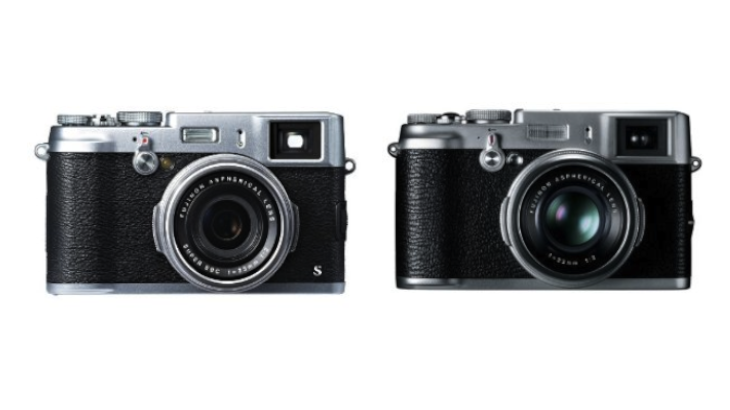With the recent release of the Fuji x100s in Japan, one cannot help but wonder just how it compares to its predecessor, the x100, and whether it is worth swapping one for the other.
Physically, the two cameras are practically identical, featuring the same sturdy magnesium alloy build in a retro-style body and the same highly appreciated hybrid viewfinder. The only minor differences you’ll notice are the S in the logo, the RAW Q button, and the order of the focus options. Otherwise, the x100 and the x100s may as well be twins.
Take a trip into the inner workings of the x100s, however, and you’ll see why so much buzz has been surrounding its release.
Unlike its predecessor, the x100s features the same APS-C format X-Trans CMOS II sensor found in the high-end Fuji X-Pro1. The sensor uses a 6×6 RGGB colour filter array pattern to produce stunningly sharp images with less moire’ patterning and more detail than your average 2×2 RGGB filter.
Another massive improvement on the x100 is the autofocus. Even after a number of firmware upgrades, the autofocus of the x100 was highly criticised for its sluggish nature, which is why FujiFilm put so much effort into that of the x100s. Of course, we have yet to test the x100s ourselves, but according to FlixelPix, the autofocus is snappy.
There are also a handful of other minor upgrades including improved continuous shooting (6fps), ISO sensitivity (max. 6400), and the addition of a Lens Modulation Optimiser for reduced corner softness and diffraction. However, it is without a doubt the high-quality sensor and improved autofocus that will tempt current x100 owners to upgrade.
What are your thoughts about the new x100s and how it compares to the x100?
